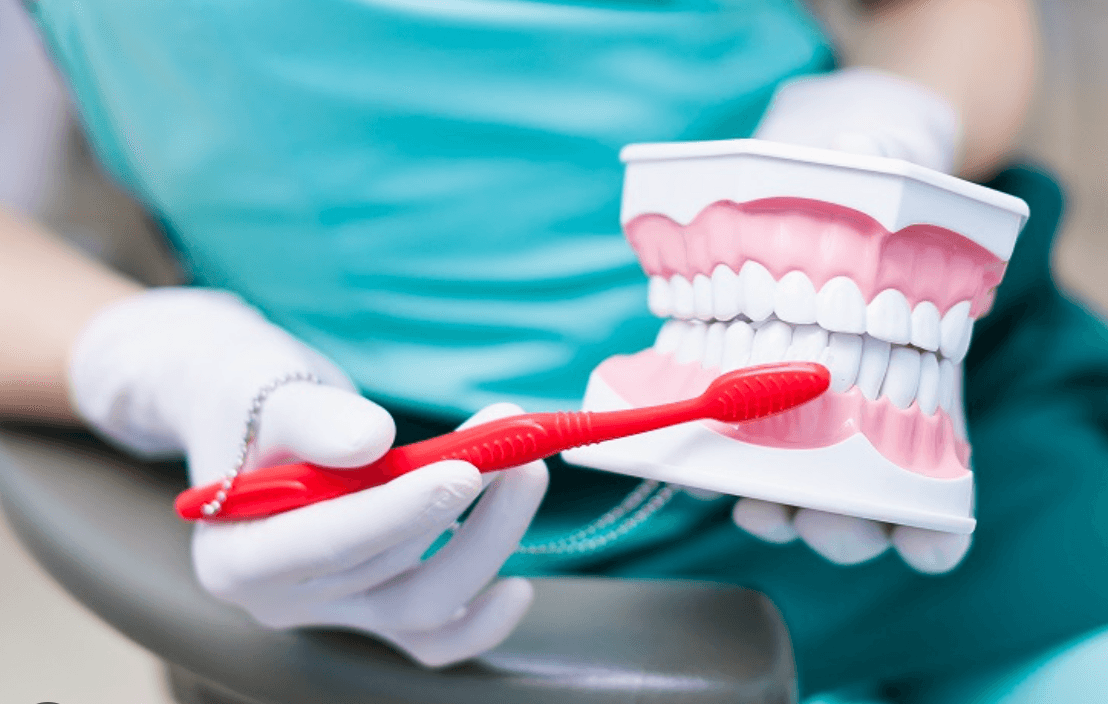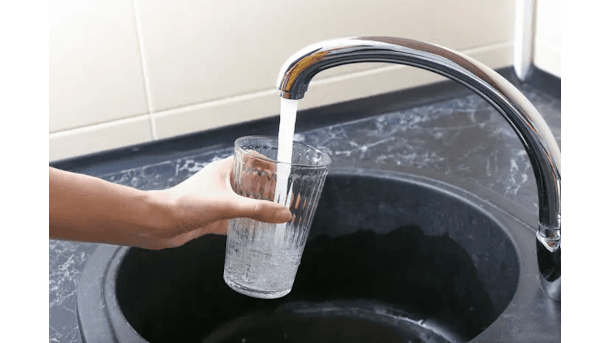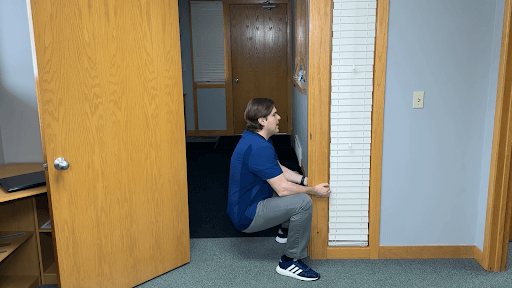Chair Pilates for Seniors & Beginners // Posture, Pelvic Floor, Core & More!
This article outlines a gentle chair Pilates routine designed for individuals who have limited mobility or discomfort performing exercises on the floor or while standing. It's ideal for engaging the pelvic floor, core, and improving posture, and also includes some yoga stretches to enhance mobility and provide a feeling of energy.
To begin, ensure you have a sturdy chair, preferably one without arms, to allow for a wide range of position adjustments. Bare feet are recommended to maximize muscle engagement, particularly of the feet and toes.
Begin seated most of the way back in the chair, with knees aligned with hips and ankles under the knees. The session starts with a pelvic tuck, encouraging engagement of the lower abdominals and the pelvic floor, often referred to as the body's powerhouse. Integrating breathwork—inhale as you prepare, exhale as you perform the exercise—enhances these movements.
The exercises progress into a seated version of cat-cow stretches, focusing on spine flexibility and shoulder engagement. As you inhale and exhale, gently alternate between rounding and arching the back, which relieves tension and mobilizes the spine.
- Raise arms slowly with a mindful breath, gently pushing up and down to stretch and strengthen.
- Engage the chest and back muscles in a gentle open and close motion.
- Alternate lifting legs, employing core strength to assist in movement.
- Incorporate a back-pressure movement for the arms to enhance posture benefits.
Further into the routine, wide leg openings stimulate muscles in the hips and thighs. This posture is complemented by heel raises to improve balance and calf strength. Adding side bends supports the oblique muscles, aiding flexibility while reinforcing core stability.
Feeling a stretch in your inner thighs and activating glute muscles are key outcomes of these motions.
Sit at the chair's edge, slumping slightly to engage deeper abdominal muscles. Slow lifting marches activate both core and upper abdominals, requiring precision and controlled strength-building efforts. Augment these with a rotational element for a full-oblique engagement.
Simple but effective, squeeze the glutes while pulling the pelvic floor muscles in and holding them, enhancing both strength and control of the core region. These movements may not show large external motion but deeply work the muscles.
Close the routine with deep neck stretches and gentle spinal rolls, which also transition into toe and foot massages for relaxation. Chair-based figure four stretches provide lower back and sciatic relief, compounding the relaxation benefits after core-focused exercises.
Inhale deeply while engaging the stretch, focusing on posture and maintaining each movement's intention to ensure maximum benefit across all muscles exercised, finishing with a simple relaxation. Wrap up by reversing the opening stretches, encouraging a sense of calm alignment.
From Around The Web
Healthy Shark is a blog & weekly newsletter that curates trending news and products related to health and wellness from around the web. We also gather content from various sources, including leading health professionals, and deliver it directly to you.
Please note that we may receive compensation if you purchase any products featured in our newsletter. Healthy Shark is not affiliated with, nor does it endorse, any health professionals whose content may appear in our newsletter. The information provided is for general informational purposes only and should not be considered medical advice.
The information provided is not intended to replace professional medical advice, diagnosis, or treatment. All content, including text, graphics, images, and information available is for general informational purposes only. We do not guarantee the accuracy or completeness of any information presented and assume no liability for any errors or omissions. The content is subject to change without notice. We encourage you to verify any information with other reliable sources and consult your physician regarding any medical conditions or treatments.







